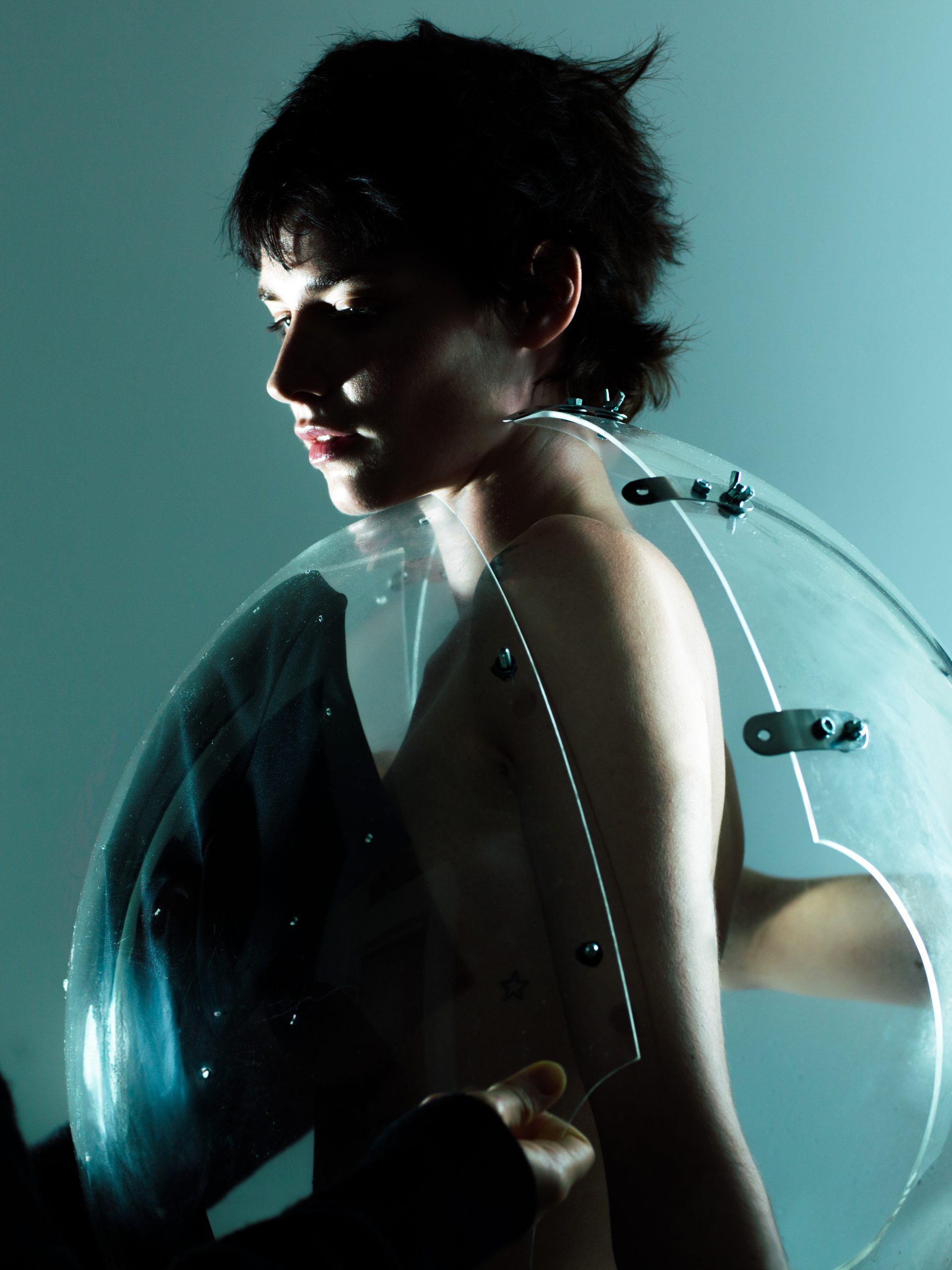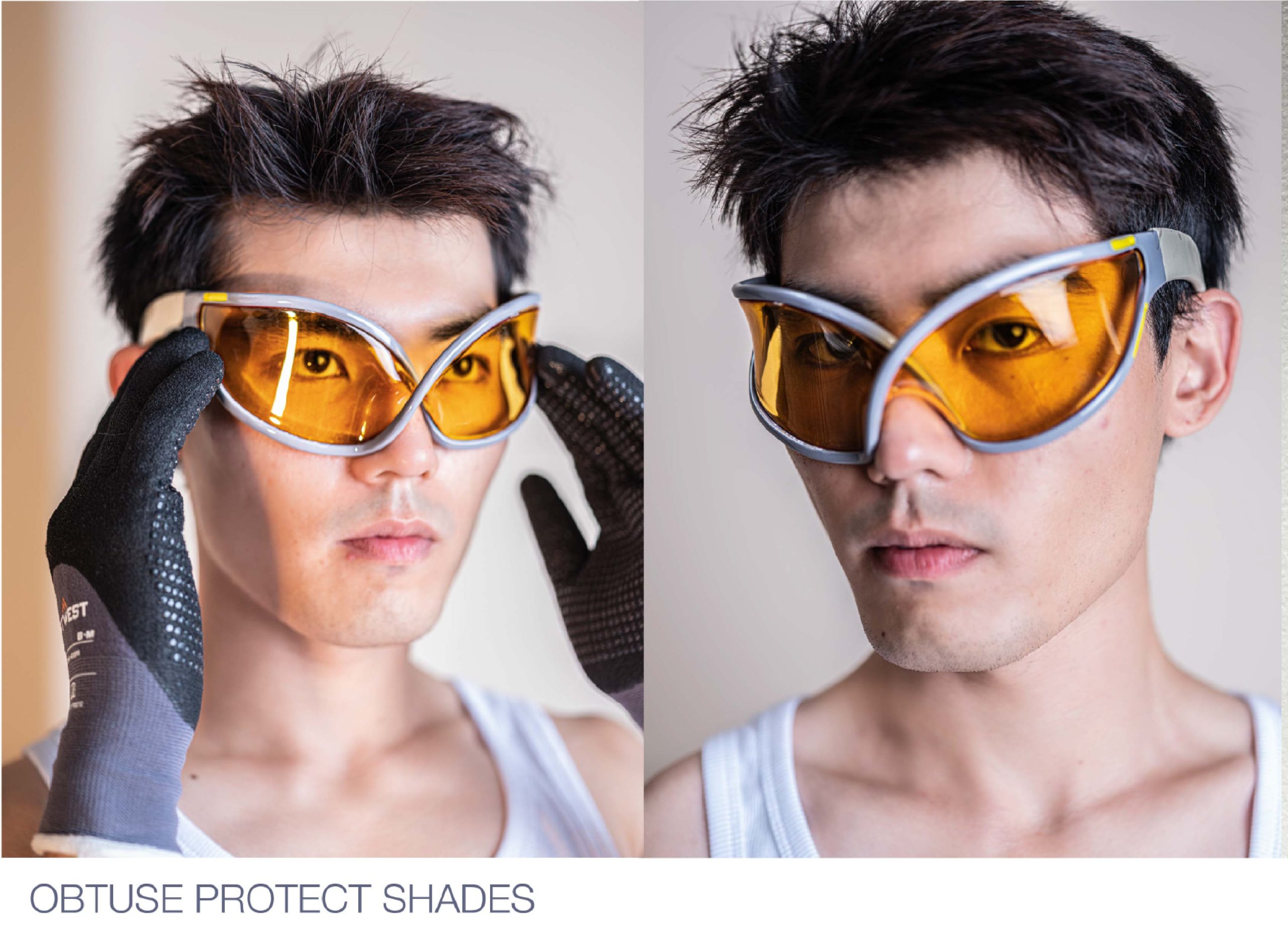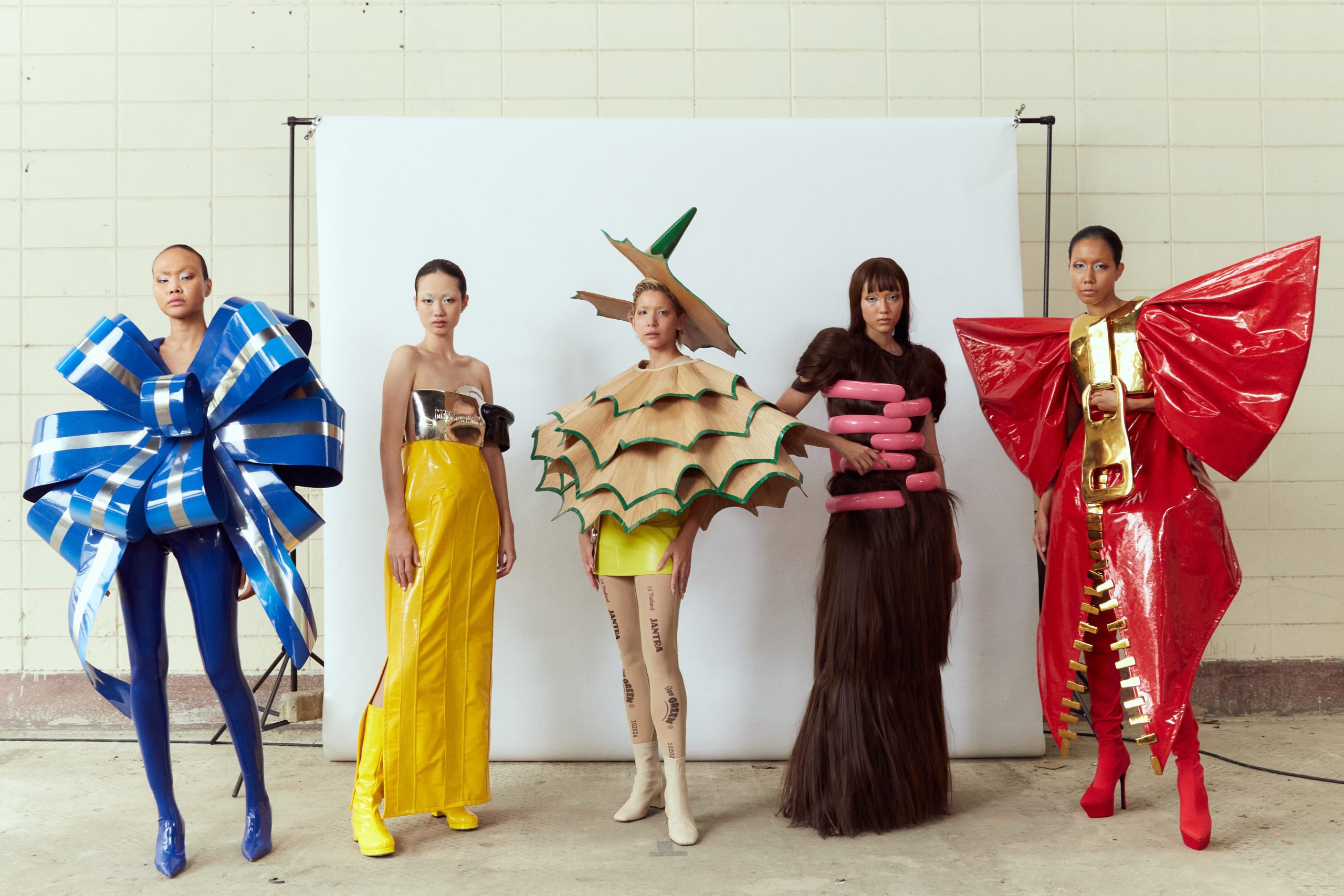In a bold move that transcends the boundaries of traditional fashion capitals, Dior has once again pushed the envelope of creativity with its spectacular Cruise 2024 collection, unveiled in the vibrant and culturally rich city of Mexico City. The influence of Mexico on the fashion industry cannot be overstated, and Dior’s collaboration with Mexican artisans in this collection is a testament to the brand’s commitment to trailblazing innovation.
Drawing from its deep-rooted connection to Mexico, Dior pays homage to the country’s fashion legacy. Founder Christian Dior himself introduced the iconic “Mexico” dress in the 1950s and showcased his visionary designs in the country in 1954. Now, creative director Maria Grazia Chiuri takes inspiration from the rich heritage of Mexico once more, incorporating elements of Frida Kahlo’s indomitable spirit into the heart of the Cruise 2024 collection. With her feminist sensibilities, Chiuri embarked on a journey to design a collection inspired by the Mexican artist who defied victimhood in the face of a debilitating accident, fearlessly painted the raw experiences of women, tackling topics such as abortion, miscarriage, and birth, while embracing both her masculine and feminine sides.
Leonora Carrington, Remedios Varo, and Tina Modotti, notable artists who were captivated by the allure of Mexico, are acknowledged by Chiuri as influential muses in her latest pre-season offering. The Antiguo Colegio de San Ildefonso, the very place where Frida Kahlo met Diego Rivera, provides the perfect backdrop for this mesmerizing showcase.
In Mexico, where women artisans contribute significantly to the country’s vibrant textile scene, their voices have been silenced by the grim reality of femicide. Thus, it was only fitting that Chiuri paid homage to these resilient women during a women’s fashion show in Mexico City. Just weeks prior, the city witnessed a Women’s March, with thousands taking to the streets to demand an end to gender-based violence.
To honour the voices of women, Chiuri invited Mexican feminist artist Elina Chauvet to create a poignant finale. Chauvet’s art raises awareness about the women lost to violence, with her renowned “Red Shoes” installations memorializing the disappeared through dozens of pairs of red shoes displayed in public squares worldwide. For Dior, Chauvet breathed life into the collection’s closing moments, meticulously embroidering red thread onto 1950s archival white cotton muslin dresses, evoking a sense of loss and remembrance.
The runway showcased an array of mesmerizing ensembles, with sweeping maxiskirts gracefully paired with cowboy boots, charro-style embroidered vests and pants, and delicate white lace tunic and skirt sets. The collection also featured floral-stitched taffeta Puebla dresses and black-and-white tiered fiesta dresses, capturing the essence of Kahlo’s spirit. The rain was forgotten as spectators became immersed in the captivating world of Dior’s artistic creation.
Dior’s vision for the cruise collection goes beyond mere fashion; it is an immersive research project that delves into the social and historical significance of craft cultures. The house emphasizes the exploration and celebration of works created by various Indigenous communities, creating a platform to showcase their exceptional craftsmanship.
The seamless integration of Mexican embroidery and weaving into the collection was a testament to Chiuri and her team’s commitment to honouring the craft without falling into the trap of mere tokenism or costume-like interpretations. Dior joins forces with gifted artisans from renowned establishments such as Yolcentle Textil, Sna Jolobil, Remigio Mestas, Rocinante, Plata Villa, and Alema Atelier.
Each collaboration within the collection is a testament to the power of fashion as a bridge between cultures. Embroidered shirts and dresses showcasing the flora and fauna of Puebla emerge from the skilled hands of Hilan Cruz Cruiz at Yolcentle Textil. Pedro Meza of Sna Jolobil contributes a gaban and embroidered sash belts inspired by the Tzotzil communities of Zinacantan and San Juan Chamula. Meanwhile, Remigio Mestas weaves, dyes, and embroiders huipils using traditional techniques from the Zapotecs of San Blas Atempa, the Chinantecs of Papaluapan Basin, and the Mazatecs of la Chuparrosa. Narcy Areli Morales of Rocinante presents geometric “pepenado fruncido” embroidery, a masterpiece crafted by all-female Mixtec groups from San Lucas Redención, San Pablo Tijaltepec, and Tlaxiaco, Oaxaca.In addition, Rafael Villa Rojas leads Plata Villa in the creation of exquisite butterfly jewellery, while Alema Atelier draws inspiration from Veracruz to craft the enchanting Jarocho hats.
While the fashion industry is no stranger to globetrotting, the back-to-back international showcases of 2023 have taken the fashion elite to new frontiers. From Mumbai to Seoul, Los Angeles to Mexico City, designers have broken free from the traditional confines of the fashion calendar. As we eagerly anticipate upcoming events such as Carolina Herrera Resort 2024 in Rio de Janeiro, and Louis Vuitton Cruise 2024 in Isola Bella, Dior’s Cruise 2024 collection has undoubtedly left an indelible mark on the fashion landscape.
Through their collaboration with Mexican artisans, Dior not only celebrated Kahlo’s artistic vision but also set an example for future collaborations that respect cultural heritage, support local communities and ensure proper recognition and remuneration for their invaluable work.
In the grand tapestry of fashion and social progress, Maria Grazia Chiuri and Dior blazed a trail, demonstrating that haute couture can be a powerful platform for cultural appreciation, activism, and the advancement of women’s rights.
Written by Fernanda from GLITCH Magazine
Edited by GLITCH Team





